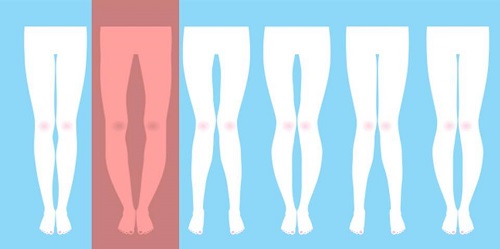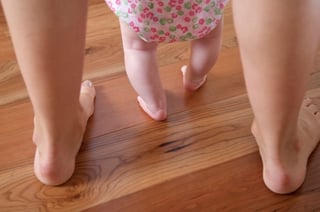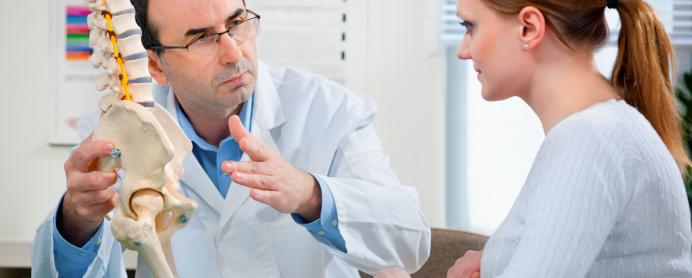Suffer From Bowed Legs? Your Orthopedic Surgeon Has Answers!

Healthy legs are straight, but sometimes people develop knock knees or bow legs. People with knock knees, or genu valgum, the knees angle in; while people who are bow-legged have curved, bow-shaped legs. Although the knees themselves may not hurt, bowed legs can cause hip and ankle pain. Either condition may have detrimental long-term effects, but they can be corrected by an orthopedic surgeon.
Causes Of Bow Legs
Bow legs can be the result of genetics. The most common genetic problem is known as Blount's disease, which results from abnormal growth in the upper part of the shinbone. One side of the shin grows faster than the other. A condition called rickets during childhood is another common cause.
Children who have vitamin D, magnesium, phosphorous or calcium deficiency are more prone to bow legs because the soft bones can't support the child's weight. Either of these conditions can be made worse if the patient is overweight. People with bow legs can often walk without problems, but as they age, they are more likely to develop arthritis.
Developmental Changes
 Between the ages of two and five, most children naturally have bowed legs. This is considered a normal developmental condition at that age. As the child spends more time walking and standing, the structures in the legs become stronger and the bow disappears. If the condition doesn't correct itself, leg braces may be necessary.
Between the ages of two and five, most children naturally have bowed legs. This is considered a normal developmental condition at that age. As the child spends more time walking and standing, the structures in the legs become stronger and the bow disappears. If the condition doesn't correct itself, leg braces may be necessary.
Bow legs in adolescence or adulthood, however, usually require bow-legged surgery. Although typically a relatively minor procedure, bow legged surgery is a specialty procedure and should only be performed by an orthopedic surgeon.
The Surgical Procedures
Orthopedic surgeons use two basic procedures in bow legged surgery. The first is called guided growth, and stops growth on the healthy side to allow the damaged side to catch up. This procedure is used in children and adolescents, whose bones are still growing. The second, which is used in adults, is called a tibial osteotomy. In this procedure, the orthopedic surgeon makes several small incisions just below the knee. The bone is partially cut and fastened in correct alignment, then held in place with a metal device called an external fixator.
About The Surgery
 Bow legged surgery takes about an hour in the operating room for each leg. You'll spend the night in the hospital and go home the next morning. A cast is not necessary, and exercise is encouraged, although you may need crutches for a short period.
Bow legged surgery takes about an hour in the operating room for each leg. You'll spend the night in the hospital and go home the next morning. A cast is not necessary, and exercise is encouraged, although you may need crutches for a short period.
Bearing weight helps promote bone healing, so most patients are encouraged to stop using crutches as soon as possible. Many patients also benefit from physical therapy to help stretch and strengthen muscles, ligaments and tendons. Once the bone has healed, the external fixator is removed; this procedure can usually be performed in the doctor's office.
Bowlegged surgery makes your legs look better and work better, and can also relieve knee pain. Many patients also gain about half an inch in height as well. Deformity correction like bow legged surgery is one of our specialties. Dr. Shahab Mahboubian has extensive training and experience as an orthopedic surgeon and can help correct your bow legs with this minimally invasive surgery. Contact us for all of your orthopedic questions, concerns or surgical needs.


